Think about the companies that come to your mind when someone asks you what brands you like. Ask yourself what is it about that company—that brand—that makes you think favorably about them.
Do you associate the brand with the company’s founder, by chance? Because sometimes brands stand out by harnessing the essence of the founder’s personal brand. Or is it the story behind the brand that speaks to you?
Whatever the case, there’s no denying that a loved brand is one of the most valuable assets of a company.
As a small business, you may constantly find yourself competing against big brands with loyal customers and marketing budgets that never seem to run out. You might wonder, is it even possible to beat them, let alone be on the same level as them?
The answer is yes. You gotta learn to stand out from everyone else. Building a solid brand for modern consumers is one of these surefire ways. Before you know it, you’ll be on your way to becoming a top dog in your industry.
However, creating a brand from scratch is no easy task. It’s more than just coming up with a captivating logo or a catchy advertisement.
How to Create a Successful Lifestyle Brand
So, what exactly is a brand?
In a nutshell, your brand is how your customers perceive your business. It’s everything people think they know about your name brand offering—both factual (e.g., It comes in a robin’s-egg-blue box) and emotional (e.g., It’s romantic).
Jeff Bezos once said, “Branding is what people say about you when you’re not in the room.”
Indeed, your brand is your reputation.
Your brand should represent what your business is all about. It should resonate with your target audience and make them experience positive feelings whenever they see an ad of yours.
Building a brand is definitely a process and requires a strategy. However, the ongoing effort will result in establishing long-term relationships with your customers.
Why does branding matter to your business?
Branding is critical to businesses of all sizes because of the overall impact it makes. It can change how people perceive your brand, it can drive new business and it can increase brand value.
Branding is how customers perceive you and the blueprint of the business. Its importance cannot be overstated.
But, if done wrongly, branding can do the exact opposite. That’s why it’s more than necessary to take as much time as you want to craft a killer branding strategy.
Strong branding can benefit your company through the following ways:
- Increasing sales and revenue.
- Attracting new customers.
- Creating trust within the marketplace.
- Differentiating you in a saturated market.
- Leading to customer loyalty.
- Bringing returning customers.
- Providing a sense of confidence in your business.
- Saving you money in the long run.
8 Ways to Boost Your Brand Awareness with Customer Reviews
Steps to building a killer brand for the modern consumer
Whether you’re just starting your own business or you’re planning to pivot your existing brand, you should know that branding is a process that requires a carefully planned and well-thought-out strategy.
- Discover your brand’s purpose.
The truth is, there’s always a powerful purpose behind every successful brand. Ask any established entrepreneur and they’ll agree 100%.
When defining your brand’s purpose, ask yourself these questions:
- Why did you start your business in the first place?
- What problem/s do you want to solve?
- What sets you apart from your competitors?
- What would you like to be remembered for?
If you want to stand out, your brand has to stand for something beyond its products and services. A purpose keeps you grounded and focused on what’s really important. It helps you make the right decisions for your company.
- Research your competitors.
Once you’ve established the purpose of your brand, it’s time to familiarize yourself with the competitor brands within your industry.
Since your goal is to differentiate your brand from the rest so that modern consumers will pick you as their top choice, you should know whom you’re competing against. Competitor research should be an integral part of your branding strategy.
There are two major categories of competitors that should be on your radar: Direct competitors and indirect competitors.
To have a better understanding of your direct competition, here’s what you can do:
- Conduct market research.
- Check online communities on social media or forums.
- Solicit customer feedback.
As for indirect competition, you can identify them by:
- Keyword research.
- Google’s search results page analysis.
- Paid data.
Casting your net wide means you have the maximum possible scope for finding a competitive advantage.
AI + Data + CRM = more sales and happier customers.
Start or grow your business with the #1 CRM. Salesforce now has AI tools that helps you connect with your customers in a whole new way.
- Determine your target audience.
Your target audience plays a significant role in your brand. You created your brand because you want it to leave a positive impact on them.
That’s why you should keep them in mind while building your brand. Your mission and message should be tailored to meet their specific needs.
Below are steps to help you identify your ideal customers:
- Create buyer personas.
- Conduct market research.
- Identify industry trends.
- Use Google Analytics.
- Define who your target audience isn’t.
Understanding your target audience will define every marketing plan and strategy you execute.
- Highlight your brand’s key qualities and benefits.
Bear in mind that your products, services and benefits solely belong to you. To keep your brand memorable, you gotta dig deep to discover what you offer that nobody else does.
Think about how your brand can help improve the lives of your audience. This is where we highly recommend you to write a value proposition, which is a simple statement that summarizes why a customer would choose your product or service.
It’s like investing in the foundation of a house. You may not see the foundation, but everything you do see — and the long-term safety and security of your home — rests on it having a strong place to start from.
- Define your brand voice.
Your brand voice is how you communicate with your audience, and how they respond to you. Whether it’s service-oriented, technical, conversational or authoritative, you want to choose a voice that resonates with your target customers.
Tone of voice reflects your brand personality, helps you connect with your audience and makes you different from the rest. It describes how we want to communicate to our audience, rather than what.
Free Digital Skills Training: From Brand Building to Customer Service
- Create a good slogan.
Sometimes, all you need is a witty slogan to grab the attention of everybody and make it easier for them to remember your brand. Your slogan can double as your tagline — be it on your website header, business cards, social media bios and perhaps even your own merchandise.
To help you get started, we’ve rounded up tips to get your creative juices flowing:
- Keep it short and sweet.
- Focus on your unique selling position.
- Make it timeless.
- Don’t overpraise yourself.
- Feel free to use humor.
Struggling for ideas? Here is a useful piece of advice. Pretend you’re creating a brand message instead of a slogan. What would your product say to your customers if it could talk?
- Build a brand story.
A brand story presents an opportunity to communicate on a human level, making a direct emotional connection with your consumers.
When creating one, address not what your product can do, but explain why it’s important to your customers. A great brand story should be able to do the following:
- Demonstrate how the product or service can improve the consumer’s life.
- Connect with the audience on a deeper level.
- Pack an emotional punch.
- Tell the truth.
Once you have your brand story, you can use it as a launching pad for new ideas. Review your content, your assets and your brand touch-points to wrap your brand around the story. And be consistent with the storytelling for it to ring true, honest and believable.
- Design your logo.
Perhaps the most exciting AND important of the brand building process is to create a brand logo. It’s the face of your company, after all.
Ideally, your logo should be unique, identifiable and scalable to work at all sizes (something often overlooked). It will appear on everything that relates to your business. It will become your identity, calling card and the visual recognition of your promise.
Brainstorming, creating a mood board and checking out the competition are some ways to spark creativity. Everything from the color to the style to the type needs to be considered as representative of your brand identity.
- Evaluate your brand as you progress.
Building a brand doesn’t end with creating a logo or slogan, or even after launching your business.
Your brand needs to exist and remain consistent wherever your customers interact with you, from the theme you choose for your website, the marketing materials you produce, all the way to how you package and ship your products.
Final thoughts
A powerful brand is a must-have for just about any business in today’s dog-eat-dog world.
Not having the right branding makes it impossible to connect with your audience on an emotional level, which means they won’t hesitate to leave you for another brand they resonate with.
On the other hand, the right branding keeps people coming back for more, distinguishes you from everyone else, and turns onetime customers into loyal brand advocates.
Originally published Jan. 5, 2022.







